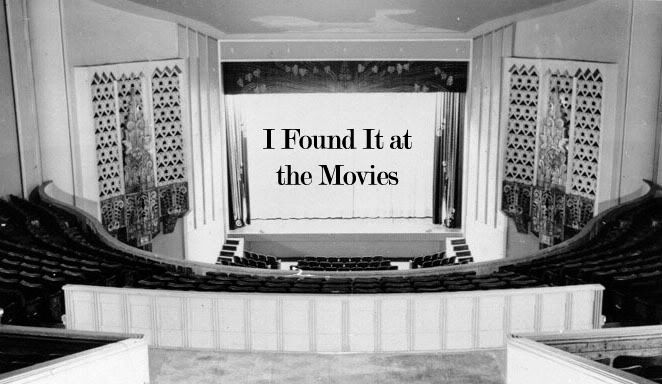(from April 2005.)
Film rarely has the ability to be entertaining, provocative, but altogether underwhelming, often within the same instance. The imagery engages, the narrative flows, and many questions are raised, ones that cause you to puzzle over them long after you’ve left the dark of the matinee. Yet, when all is said and done, you stand back and realize you’ve seen nothing special; but perhaps that is how it is supposed to be.
Sin City is such a film. I have not read Frank Miller’s graphic novels upon which the film is based, but I am familiar enough with the modes of expression within comic books to know that Sin City is, without a doubt, the most literal translation of a comic book to film ever. The imagery’s composition and color (nasty black and white), the terse dialogue, the stark morality—it all adds up to the direction comic books and graphic novels have taken over the past twenty years. But how does this literalist angle make Sin City more interesting than any other action film?
What makes Sin City’s dark fatalism and moral anarchy work—compared to a treatment of such ideas in a live-action film (see another recent Bruce Willis vehicle, Hostage)—is that the tension between animation and reality allows such things to transcend what would be hindered in a live-action, or even a fully animated, film. Realism gives it access, animation gives it freedom. The cartoonishness of Sin City liberates it from the constraints of questionable ideology. In a word, it makes it “pretty badass.”
The questions about violence and morality Sin City purports to raise are cleanly observed with a fairly simplistic ethos. To quote Dwight—a murderer played by Clive Owen out to prevent gang warfare—“It's time to prove to your friends that you're worth a damn. Sometimes that means dying, sometimes it means killing a whole lot of people.” It is that tension of realism and formalism within its imagery and spoken words that gives Sin City its provocative edge, and proves to be its downfall.
In its taking itself so seriously, the audience is drawn into the darkness of the film’s narrative, and the moral trap in which its characters find themselves: they desire to do good, but rarely does that ever accomplish much, other than death. We are not allowed to laugh off the film as ironic. Yet, because we are staring at a digitized, temporal pastiche of a “comic book universe,” we are provided a distance to the material. Sin City provides a tension of moral weight and light insouciance in so many of its moments. This sort of tension defines the film as pulp, but not art. Questions of morality and the consequences of violence in an unforgiving city—and the effect a person’s actions have on their own character—are given great weight and depth in the films of Clint Eastwood, John Huston, and Akira Kurosawa, among others. Frank Miller and Robert Rodriguez have given us pulp in the guise of art, and while it makes for some fascinating study, it ultimately leaves us with little more than first-rate entertainment.
Subscribe to:
Post Comments (Atom)


1 comment:
Sin city is a great movie, it really keeps you seated all the way until the end, cant wait to see the second part.
Post a Comment